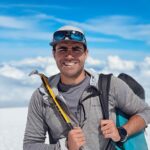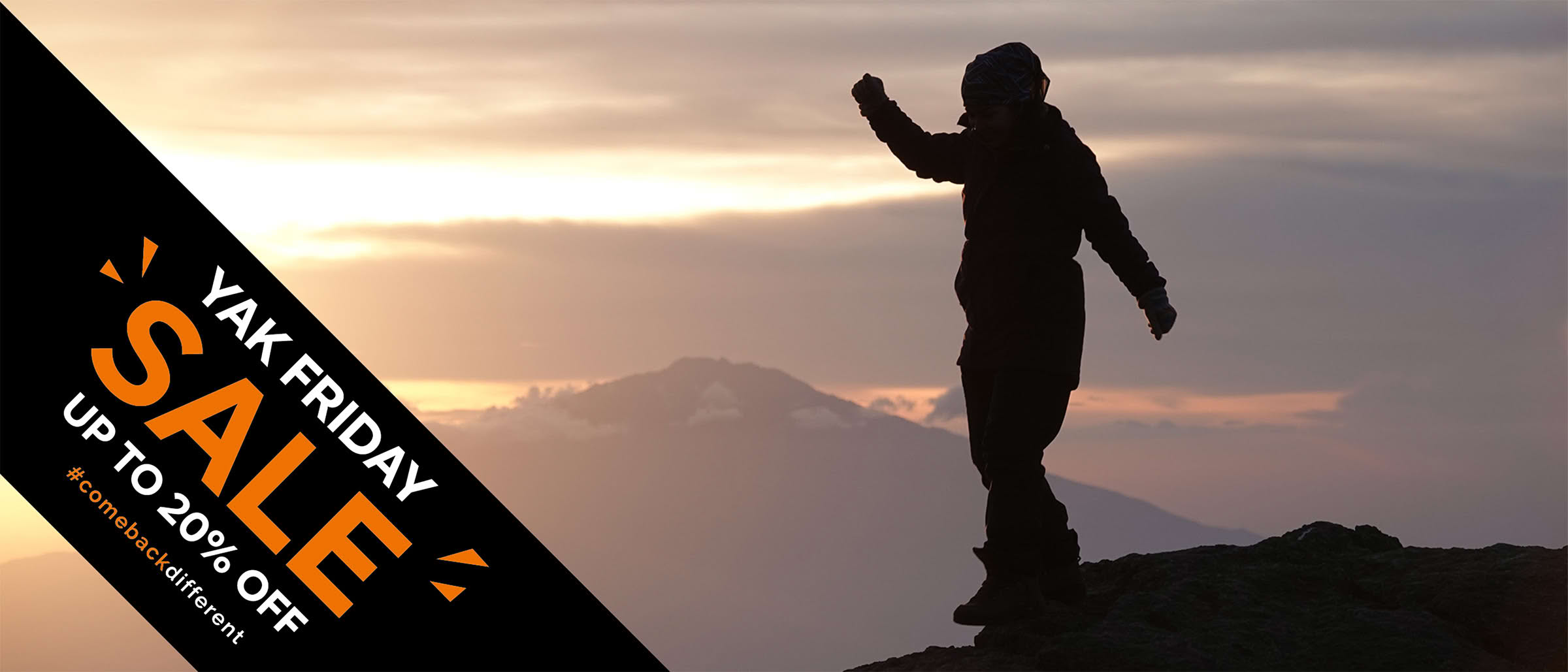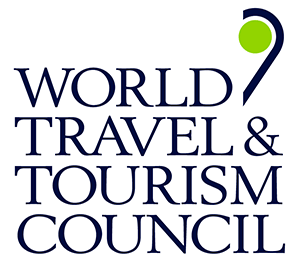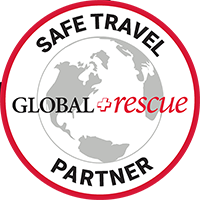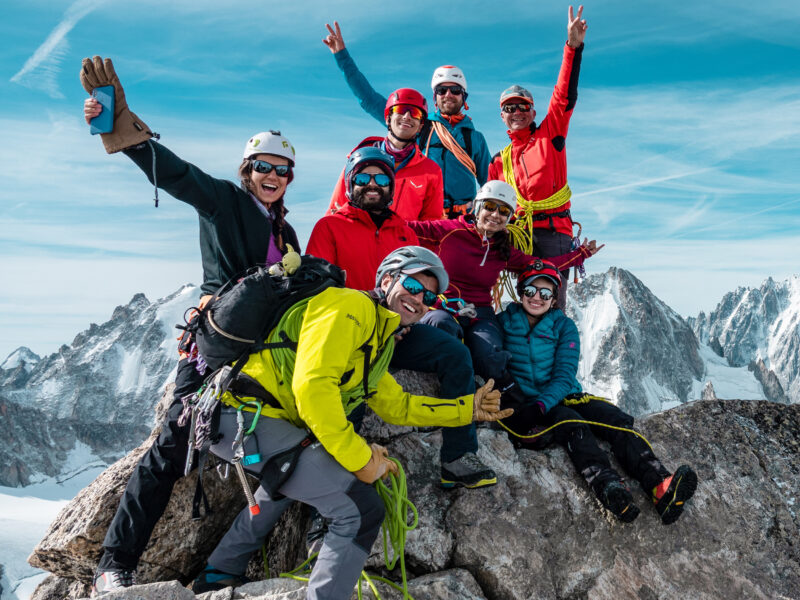BY Rami Rasamny | May 02 2025
The Complete Guide to Aconcagua
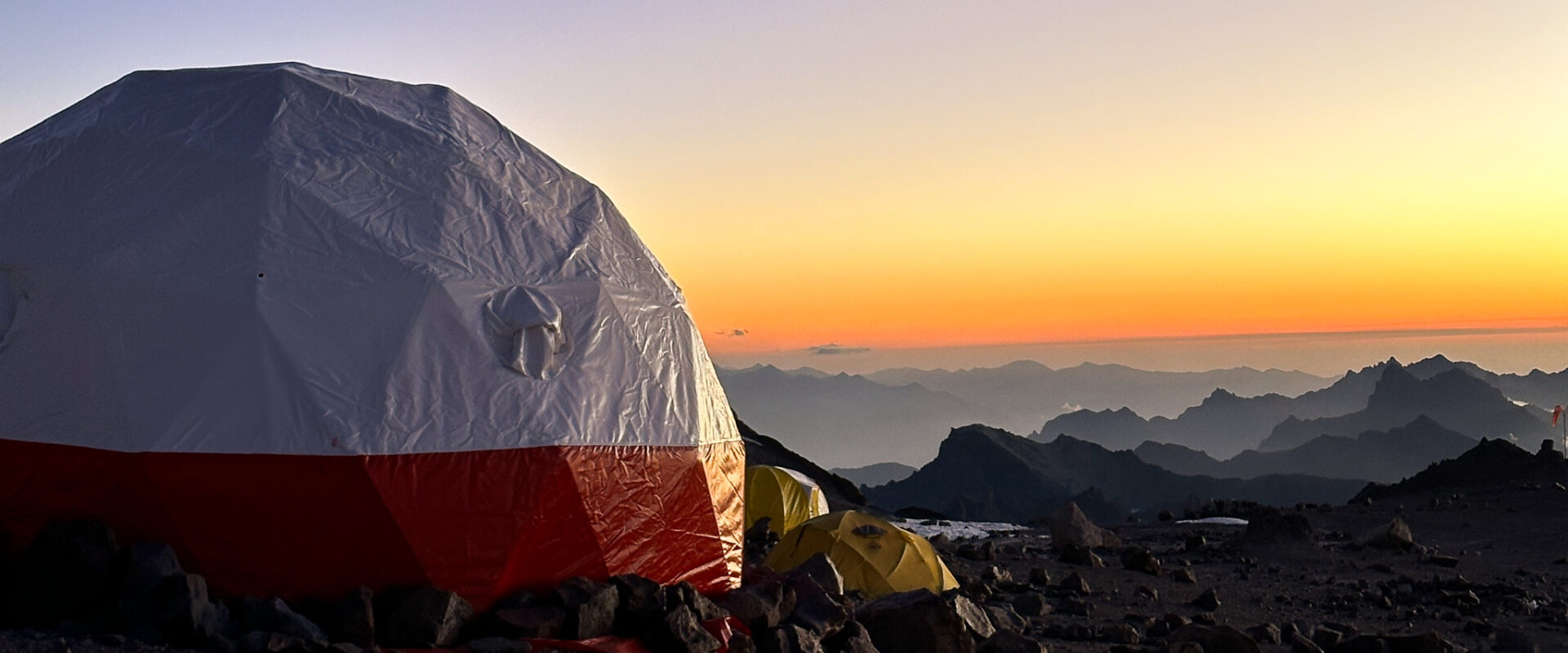
Climbing the Highest Mountain Outside the Himalayas via the Normal Route
Climbing Aconcagua is not about ropes and ice axes. It is about resilience. At 6961 meters, it is the highest peak outside the Himalayas and the crown jewel of the Andes. The Normal Route via Plaza de Mulas does not require technical mountaineering, but it demands endurance, strategy, and mental clarity. If you are wondering how to climb Aconcagua, this is your complete guide. And if you are looking for proof that limits are meant to be broken, know this: we are the expedition that took Hari Budha Magar to the summit, making him the first double above the knee amputee to climb Aconcagua using prosthetics.
Physical and Mental Preparation
For those training to climb Mount Aconcagua, think endurance over brute strength. Long distance running, swimming, or anything that combines cardiovascular effort with sustained output is ideal. It is about preparing your body to keep moving efficiently, day after day, at high altitude. But the real challenge often comes from the neck up.
You will need patience, grit, and the ability to stay present through discomfort. The altitude strips away distractions, and what is left is you. Your thoughts, your breathing, and your will. This mountain tests your headspace as much as your heart rate.
Selecting the Right Gear
Aconcagua throws everything at you. Sun, snow, and wind often arrive in the same day. One moment you are in a t shirt, the next you are bracing against gusts that feel like they could lift you off the ridge. That is why a good windproof layer is essential, along with proper layering.
You will need:
- A down jacket rated for 6000 meters and above
- Insulated mountaineering boots or doubles
- UV rated glacier glasses and ski goggles
- High quality base layers and thermal gloves
- A sleeping bag comfort rated to minus 20 degrees Celsius
Most Aconcagua guided climbs, including Life Happens Outdoors, provide the tents, so you do not need to carry shelter. But everything you wear, pack, and sleep in matters. This is not a place to cut corners on gear.
Proper Pacing on the Mountain
The route to the summit winds up through Confluencia, Plaza de Mulas, Camp Canada, Nido de Condores, and Camp Colera. The key to success is not rushing. Climb high, sleep low. Respect acclimatization. Trust your guides. And most importantly, listen to your body.
Many climbers falter because they move too fast or ignore early signs of altitude sickness. Our expeditions build in rest days and flexibility, allowing the mountain and your body to dictate the rhythm. This is not about speed. It is about staying strong when it matters most.
Staying Healthy and Fit on the Mountain
Aconcagua does not just challenge your fitness. It tests your ability to stay healthy over several weeks at altitude. Hydration and nutrition are your first line of defense. Aim for at least three to four liters of water a day, even when you are not thirsty. Eat regularly, even when your appetite fades, and prioritize calorie dense foods.
Unlike many teams, our expeditions offer access to showers at base camp. It is a small luxury that makes a big difference in morale, sleep quality, and hygiene. Speaking of sleep, it is critical. Do not underestimate how much recovery happens at night. Stick to a routine, keep your tent warm and dry, and resist the lure of alcohol at Plaza de Mulas, where cafe tents tempt tired climbers with beer and wine. It might feel rewarding in the moment, but it can sabotage your acclimatization and recovery.
Summit Strategy
Summit day is long. Expect a 10 to 14 hour round trip from Camp Colera. The Canaleta, the steep final gully before the summit ridge, is slow and breathless. Wind often picks up in the early hours, so starting early and layering wisely is key.
Our summit strategy is built around safety, efficiency, and teamwork. We keep you warm, fueled, and moving with a steady rhythm. And when you finally stand on that summit, looking across the Andes in every direction, you will understand why so many call this the most rewarding Aconcagua climb of all.
Why Climb with Life Happens Outdoors
Because we do not just guide summits. We guide transformations. We helped Hari Budha Magar make history, and we bring that same level of belief, strategy, and care to every climber we support. When you climb Aconcagua with us, you are backed by a team who knows what it takes to reach the summit, and who sees the summit as just one part of the story.
Frequently Asked Questions
Is Aconcagua hard to climb
Yes, because of the altitude and exposure. But it is non technical and very achievable with the right preparation and guidance.
How long does it take to climb Aconcagua
Our itinerary takes 18 to 20 days, allowing time for proper acclimatization and multiple summit window opportunities.
When is the best time to climb Aconcagua
Mid December to late February is the prime season. When to climb Aconcagua depends on your flexibility, but January often offers the most stable conditions.
Why choose a guided climb
Because experience matters. A guided climb of Aconcagua means weather tracking, safety support, health monitoring, and the best possible summit success rate.
Adventure begins where comfort ends.
Join us on the mountain and come back different.
About The Author
Rami Rasamny is the founder of Life Happens Outdoors, a premium adventure travel community dedicated to transforming lives through curated outdoor experiences. A mountaineer and entrepreneur, Rami has led teams on some of the world’s most challenging peaks, from the Alps to the Himalayas. His mission is to make adventure accessible, transformative, and safe for all who seek to push their limits and Come Back Different.
About Life Happens Outdoors
At Life Happens Outdoors, we believe in the power of nature to transform lives. As proud members of the Adventure Travel Trade Association (ATTA) and the World Travel & Tourism Council (WTTC), our team of certified guides and outdoor professionals is committed to the highest standards of safety, sustainability, and excellence.
Discover more about our story and mission on our Meet LHO page, or explore our curated adventures such as the Tour du Mont Blanc Trek, the Climb of Kilimanjaro, and Chasing the Northern Lights.








